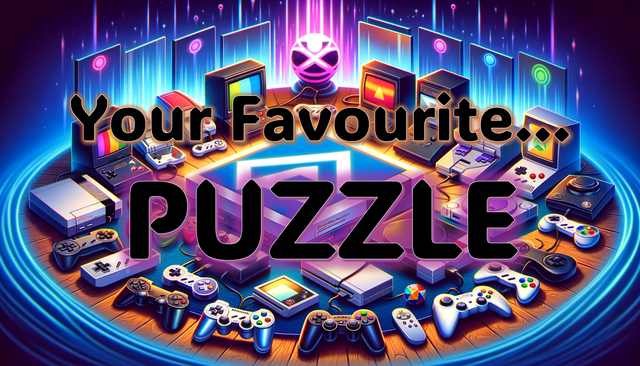Dannnnnnnnnn
Moderator
- Aug 24, 2012
- 37,311
- 53,479
- AFL Club
- Western Bulldogs
- Other Teams
- T'Wolves/Patrick Beverley/Footscray
- Moderator
- #1
Welcome to a new VG thread series: Your Favourite...

Each month(-ish), the VG board will explore your fondest memories of gaming with a new thread focused on a different area of the hobby.
These will be more specific than simply "your favourite game," highlighting some under-appreciated and rarely discussed aspects of game design. If you have ideas for future editions that you'd like to see, feel free to shoot me a PM.
---------------------
This month, we're exploring an aspect of game design that gets a lot of focus as a genre, but not so much as a critical component of almost every type of game: puzzles!
Each month(-ish), the VG board will explore your fondest memories of gaming with a new thread focused on a different area of the hobby.
These will be more specific than simply "your favourite game," highlighting some under-appreciated and rarely discussed aspects of game design. If you have ideas for future editions that you'd like to see, feel free to shoot me a PM.
---------------------
Almost every modern game has some form of puzzle, whether it's a simple search quest to extend playtime, a fun optional activity, or a foundational pillar of the game itself. When done well a puzzle can create a very satisfying experience, but when poorly done they can make a game frustrating, boring, or overly bloated. Often, though, we don't actually talk about the puzzles themselves:
Despite this, we rarely talk about puzzles separately from the games they belong to. This is an opportunity to revisit some of your most fondly remembered puzzles, whether you liked, disliked, or felt meh about the broader game.
Happy reminiscing!




